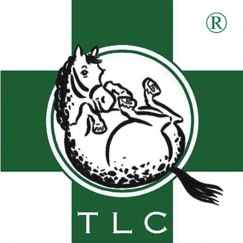 |
The Laminitis
Clinic
|
|
This is my list of things NOT to do. Don't feed haylage; my
personal feeling is that haylage is too acid for horses and ponies and that it
may well contribute to Metabolic Syndrome. Don't take non-weight bearing radiographs, they are of little diagnostic value. Don't ask farriers to fit heart bar shoes without you having taken radiographs using markers. Good farriers will legitimately refuse to do so. Don't forget to mark on the frog where you placed the drawing pin. If the farrier cannot appreciate where the pin was placed he is unable to fit the shoe. Don't cut holes in the soles of laminitis or acute founder cases. This will result in granulating solar corium protruding through the hole which will be difficult to control. If there is sub-solar fluid present effect drainage by entering the foot through the dorsal wall at the level of the wall-sole junction. The horny sole is your biggest ally in treating laminitis and acute founder. Don't ask the farrier to fit pads. You cannot evaluate the sole, the soles become wet due to trapped solar evaporation. Any solar pressure will further compromise the blood flow within the foot and cause pain. Don't fight to fit nailed-on shoes to horses in pain. There are effective glue-on alternatives available. Don't keep giving NSAID's (e.g. bute) if there is no improvement in the lameness. An acute laminitis case that is in significant pain after 7 days probably requires a change in treatment or management. Don't nerve block the affected feet in order to reduce the animal's pain. The animal will further mechanically damage compromised laminae by walking on painless feet. Nerve blocks may affect the neuronal control of digital arteriovenous anastomoses and potentiate digital ischaemia. Don't hope that antibiotics will help either 'gravel' or post-founder abscesses. They won't. Only when drainage has been provided will the lameness improve. Antibiotics are only indicated in foot infections if there is a developing cellulitis (infection going up the leg) or there is bone infection (such cases have a bad prognosis). Don't think that because the movement of the distal phalanx has resulted in solar prolapse that is the end of the horse's working life. It is the means by which prolapse has occurred i.e., the amount of distal displacement which is important. |